
2
References 22
I. INTRODUCTION
A wide variety of astronomical observations and the
modern theoretical understanding of structure forma-
tion in the Universe support the hypothesis that a new
form of matter, not accounted for in our standard model
of fundamental physics, supplies much of the mass of
the Universe. Indeed, what is often called the “standard
model of cosmology” and abbreviated ΛCDM incorpo-
rates both a cosmological term Λand Cold Dark Matter,
a hypothetical substance that interacts very feebly with
ordinary (baryonic) matter and with itself.
Because of the equivalence principle, the astronomi-
cal and cosmological evidence gives us only limited in-
formation about the nature of dark matter. The simplest
hypothesis, conceptually, is that it is a very long-lived
elementary particle that does not carry electromagnetic
or color charge. This particle must be abundantly pro-
duced in the early universe but then decoupled at a
time when its typical velocities are non-relativistic (i.e,
it is “cold”).
In recent years much attention has focused on axions
as a candidate to provide the dark matter in our Uni-
verse. Axions first appeared superficially in an unre-
lated context, namely the issue of why a parameter, θ,
that appears in the standard model is empirically con-
strained to be exceedingly small: |θ|.10−10. A “nat-
urally” large value of θ, i.e. θ∼1, would introduce T
violating effects - specifically, electric dipole moments
of protons and neutrons - at levels that far exceed ex-
perimental constraints. This difficulty led Peccei and
Quinn [1] to propose extending the standard model
to incorporate an additional (anomalous and sponta-
neously broken) U(1)symmetry, now known as Peccei-
Quinn or PQ symmetry. Weinberg and Wilczek [2,3]
independently observed that this proposal necessarily
leads to the existence of a new light spin 0 particle,
the axion, that is highly stable and interacts very feebly
with ordinary matter. Unfortunately, present-day the-
ory is unable to predict the precise value of the axion
mass ma, however the requirement to solve the Strong
CP problem tightly constrains the interactions of the
axion relative to that mass, leading to an almost one-
parameter theory.
Consideration of the production of axions in the early
Universe and their subsequent evolution [4–9] reveals
that their properties are consistent with the observed
properties of cold dark matter.
Big Bang cosmology incorporating axions follows
two qualitatively distinct scenarios, depending on
whether an inflationary epoch intervenes between ax-
ion decoupling and the present. If not, then it is pos-
sible – although challenging – to relate mato the den-
sity of axion matter present in the Universe today (post-
inflationary scenario). If axions dominate the observed
dark matter, the most recent calculations [10–17] favor
ma=40 −180 µeV (with ma=65 ±6µeV if the spec-
trum of axions radiated as during the decay of topolog-
ical defects is scale invariant).
On the other hand, reheating after inflation might not
restore PQ symmetry. In this case, inflation essentially
enforces a constant (but random) initial value θiwithin
the entire observable Universe, thus providing an un-
known initial condition. This opens the possibility of
axion models with significantly smaller values of ma,
correlated with very small values of θi(pre-inflationary
scenario). But if we insist on avoiding fine-tuning or an-
thropic reasoning, it is natural to estimate θi=O(1),
and then we find 10−1µeV .ma.100 µeV.1
These considerations motivate experiments to test the
hypothesis that axions, with a mass in the range of
O(10)−O(100)µeV, exist and constitute the cosmolog-
ical dark matter. The traditional approach to axion (and
similar hidden photon [8,20–22]) dark matter searches
is based on use of a resonant cavity, designed so that
a resonant mode (typically the lowest transverse mag-
netic mode) matches the Compton wavelength of the
dark matter [23]. Whilst this is adequate for relatively
low frequencies (hundreds of MHz to a few GHz [23–
25]) the diminishing size of the cavity at high frequen-
cies leads to a rapid deterioration in signal power.
This problem, and the perceived promise of the axion
hypothesis, has inspired a torrent of new experimental
ideas. Some proposals relevant to the indicated mass
range involve using multiple or coupled cavities [26–
30]; others abandon the traditional cavity altogether,
and substitute either a mirror, as in the case of a dish
antenna [31–35] or an array of large dielectric disks
[36–39]. (Completely different ideas come into play for
ultra-small values of ma.) For recent comprehensive re-
views see [40–42].
These approaches, broadly speaking, attempt to over-
come the barrier to resonance that arises due to the
mismatch between the fundamentally massless pho-
ton and a massive, non-relativistic axion by breaking
translation invariance, thus providing momentum. The
leading idea of Ref. [43], pursued by ALPHA and dis-
cussed in detail here, is instead to provide the photon
with an effective mass corresponding to its plasma fre-
quency.2This has the fundamental advantage that it
allows wavelength matching up to the de Broglie rather
than the Compton wavelength of the dark-matter ax-
ions, and thus allows use of much larger resonant sys-
tems.
As is well known, photons acquire an effective mass
inside a plasma. No natural plasma has all the required
1Other options include modifying the cosmology so that θis not a
random choice between {0, 2π}, for example Refs. [18,19].
2In THz regime there have been some similar concepts to make an
effective massive photon quasiparticle (polariton) using condensed
matter axions [44,45] and optical phonons [46,47].
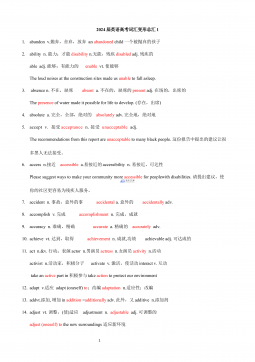
 2024-12-06 4
2024-12-06 4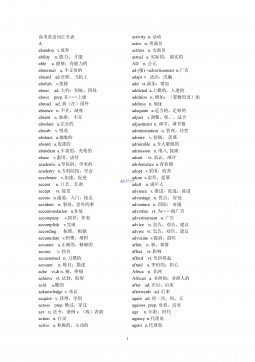
 2024-12-06 11
2024-12-06 11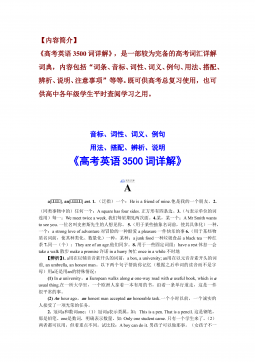
 2024-12-06 29
2024-12-06 29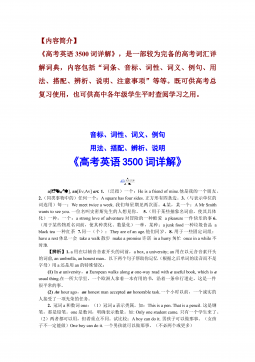
 2024-12-06 26
2024-12-06 26
 2024-12-06 29
2024-12-06 29
 2024-12-06 11
2024-12-06 11
 2024-12-06 35
2024-12-06 35
 2024-12-06 12
2024-12-06 12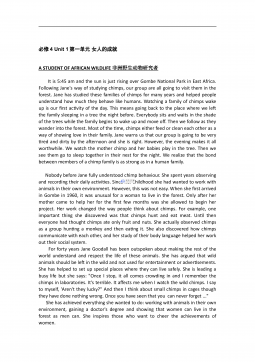
 2024-12-06 40
2024-12-06 40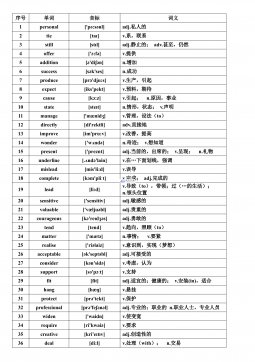
 2024-12-06 28
2024-12-06 28






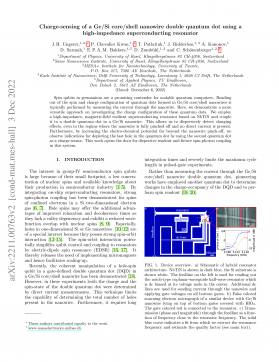

 渝公网安备50010702506394
渝公网安备50010702506394
